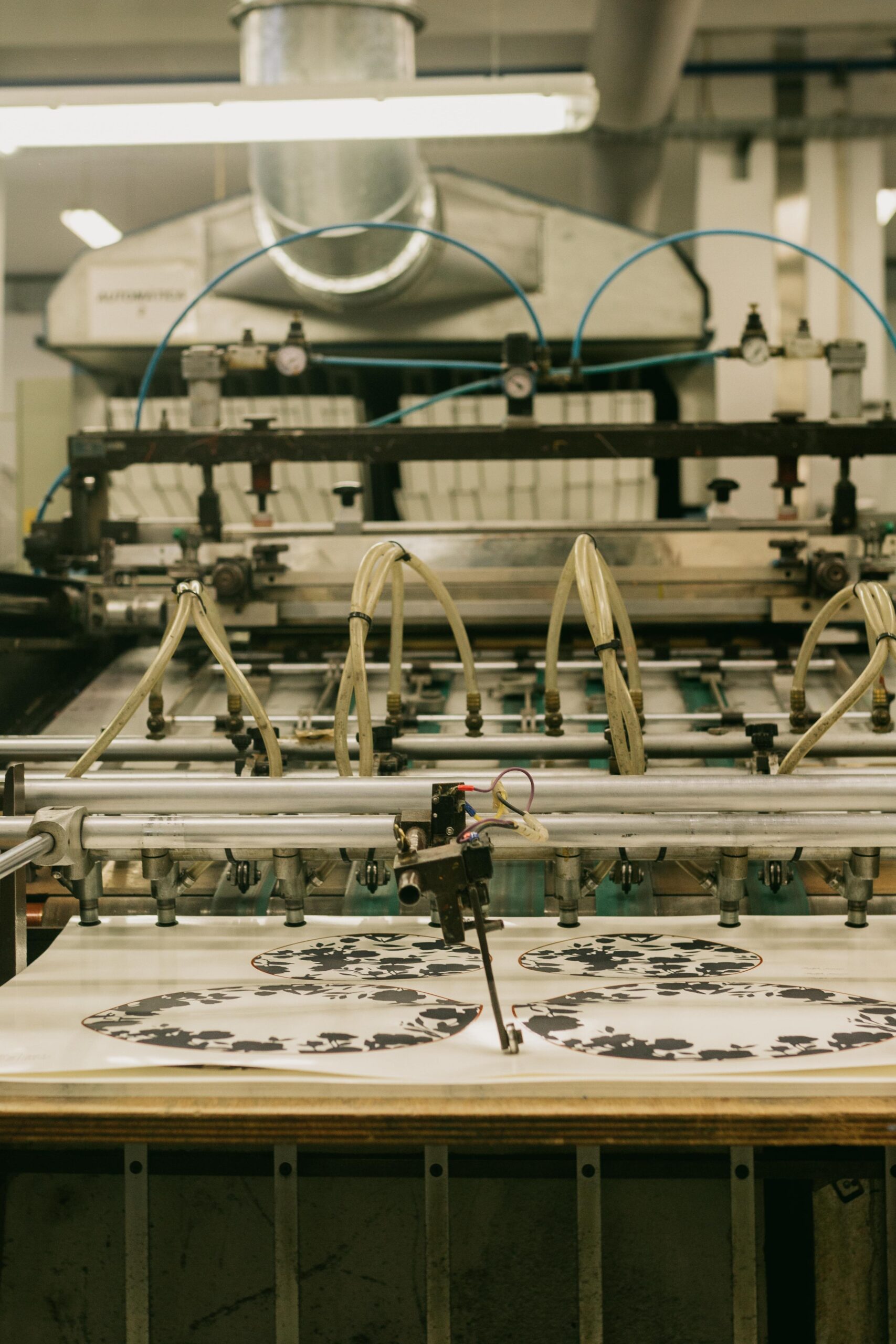Manufacturing is changing, and 3-D printing is leading this variation. Known as additive production, 3-D printing builds products layer by layer from a virtual report. This approach enables industries to make products faster and cheaper.
In this article, we will explore how 3-D printing 3-D printing is changing production. We will also examine its advantages, how industries use it, and what the future holds for this technology.
What is 3D Printing?
3-D printing creates items from virtual designs by adding materials one layer at a time. These materials can include plastic, metal, or concrete. Unlike conventional production, which removes material, 3-D printing only adds the material that is needed. This makes it more efficient.
How the Technique Works
- Design: A designer creates a 3-D object using computer software.
- Printing: The 3-D printer reads the design and builds the object layer by layer.
- Post-processing: After printing, the item undergoes treatment, cooling, or curing to finish it.
This technology offers many advantages over traditional methods.
Advantages of 3D Printing
Lower Costs
First, 3-D printing reduces costs. Traditional manufacturing often requires expensive molds, equipment, and machinery. Plus, it can waste a lot of material. With 3-D printing, it only uses the material needed, reducing waste and cost.
Additionally, 3-D printing is cost-effective for small production runs. Without the need for expensive molds, it is a great option for prototypes and small batches.
Speed and Flexibility of 3D Printing
Next, 3-D printing speeds up production. Traditional methods can take days or even weeks. With 3-D printing, parts can be made in just a few hours. This helps businesses bring products to market faster.
Also, 3-D printing is very flexible. Designers can easily change the design without needing new molds or equipment. This is especially useful when customization is needed.
Customizing Parts and Designs
Another advantage of 3-D printing is creating custom parts and complex designs. Traditional manufacturing may be limited by the tools or molds used. However, 3-D printing can create intricate components that would be difficult to produce otherwise. This is particularly useful for industries like aerospace, healthcare, and automotive.
Environmentally Friendly
Lastly, 3-D printing is better for the environment. Since it only uses the material needed, it reduces waste. Additionally, 3-D printing can be done locally, lowering transportation costs and emissions.
Many companies use recycled materials or eco-friendly alternatives in their 3-D printing processes, making it even more sustainable.
3D Printing Uses in Manufacturing
3-D printing is transforming many industries. Below are some areas where this technology is making a significant impact:
Aerospace
In aerospace, 3-D printing produces parts like turbine blades, brackets, and interior components. By reducing the weight of parts, 3-D printing improves the efficiency of aircraft. Plus, it allows for complex designs that traditional methods cannot achieve.
Automotive
The automotive industry also uses 3-D printing for prototyping and production. It helps manufacturers create lightweight components, customize vehicles, and lower costs. 3-D printing also speeds up the testing of new car designs, accelerating the manufacturing process.
Healthcare
In healthcare, 3-D printing is transforming prosthetics and implants. Custom prosthetics that fit a patient’s body precisely are now possible. This leads to better comfort and performance. Additionally, 3-D printing helps create models based on a patient’s medical images, allowing doctors to practice surgeries before performing them.
Consumer Goods
3-D printing is making waves in the consumer goods industry. It is used to produce customized products like jewelry, footwear, and clothing. Customers can now order unique items made just for them. Also, designers can quickly test and refine products using 3-D printing, speeding up the process.
Construction
In construction, 3-D printing is being used to build homes and other structures. In some cases, entire houses are printed using concrete. This method reduces costs, cuts down on waste, and speeds up the construction process. 3-D printing also helps architects create innovative designs that would be difficult to achieve with traditional methods.
Future of 3D Printing
Looking ahead, the future of 3-D printing in manufacturing is bright. As technology advances, new materials like metals, ceramics, and bio-materials will expand what can be printed. Printing will also become faster and more accurate, making it viable for mass production.
Moreover, artificial intelligence (AI) will help improve the design and manufacturing process. AI can suggest better designs, optimize material usage, and increase efficiency.
In the future, 3-D printing will enable decentralized manufacturing. Businesses will produce goods locally, reducing costs and the need for long supply chains.
Conclusion
In conclusion, 3-D printing is transforming the manufacturing industry. It saves money, speeds up production, and allows for custom-designed products. Industries like aerospace, automotive, healthcare, and consumer goods are already benefiting from this technology.
As 3D printing continues to evolve, its impact on manufacturing will only grow. It will help reduce waste, speed up production, and create products that more directly meet customer needs. The future of manufacturing is bright, and it’s being built layer by layer with 3D printing.










Leave a Reply